Driving through Germany is a fantastic way of exploring the country’s scenic routes and charming towns. For a smooth and enjoyable journey, it’s important you understand German road signs and road markings.
Although German road signs are designed to be clear and informative, they can be overwhelming if you are unfamiliar with them. The signs are a mix of regulatory, warning and informational signs. Markings on German roads also provide crucial information. To help you feel confident behind the wheel, it is worth taking some time to familiarise yourself with these essential signs and markings. Knowing what to expect will make navigating Germany’s roads safe and stress-free.
German traffic signs are not dissimilar from other European traffic signs. This is because the shape, colour and meaning of them are universal. Generally:
- Red and white triangular signs are warning signs designed to alert you to potential hazards such as slippery road surfaces or sharp bends.
- Red and white circular signs indicate legal requirements for a specific section of road, such as no turning or speed limits. Drivers must follow these rules.
- Blue and white circular signs are mandatory instruction signs that inform you of actions you are required to take, such as passing on the right or keeping left.
- Square or rectangular signs provide general information about the road ahead. They might indicate a priority road, offer directions or highlight nearby services.
Essential German Road Signs
Yield/Give Way

The yield sign is a simple red triangle with a white background pointing downwards. When you see this sign, you must give way to oncoming and crossing traffic.
Uneven Road
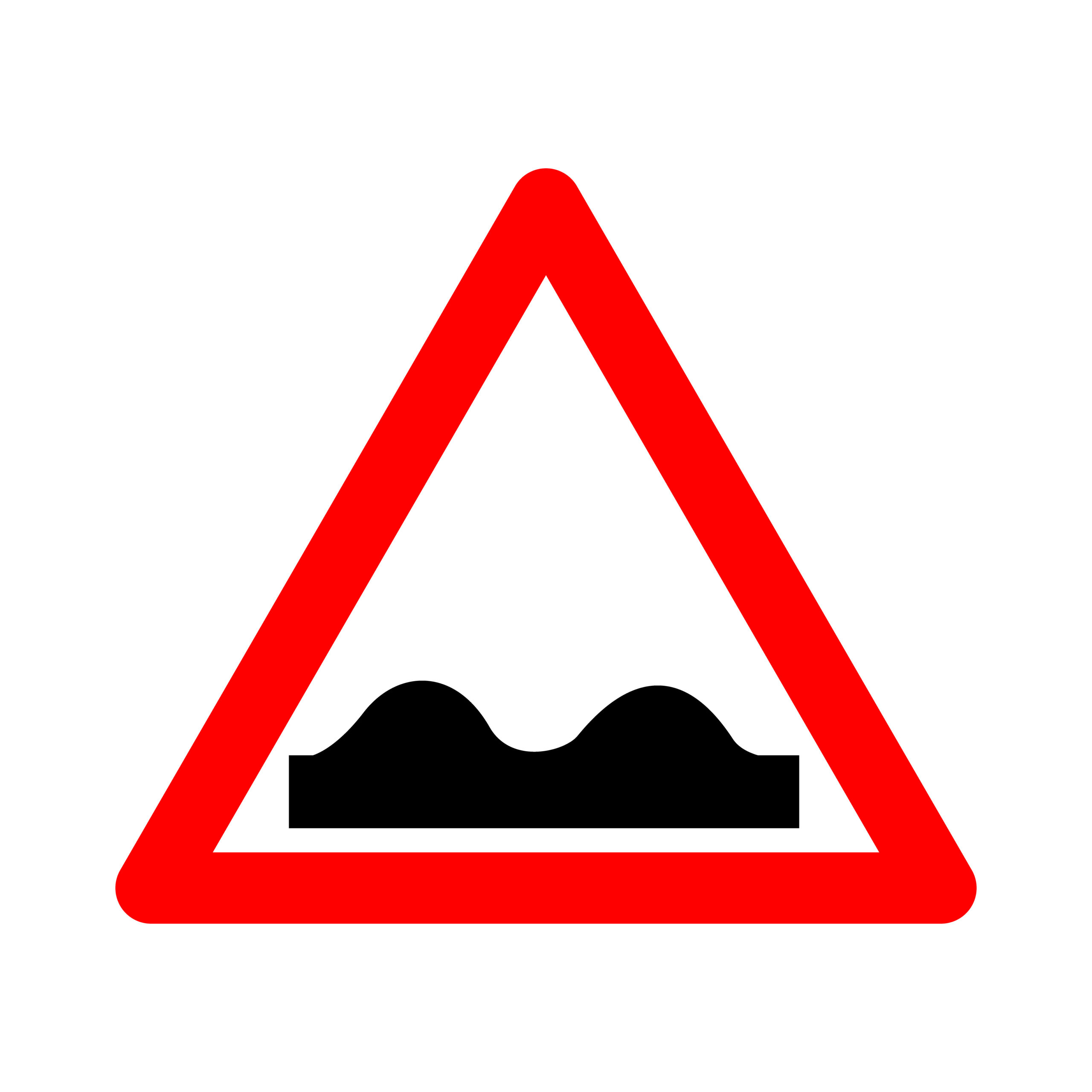
Two bumps in a red triangle indicate that the road surface is uneven. Try lowering your speed and pay close attention to any bumps beneath you to ensure you don’t sustain any damage that would have been avoidable.
Stop

The red octagon with the word ‘STOP’ in white letters will be next to clear markings on the road that show you where to stop your vehicle.
No Entry
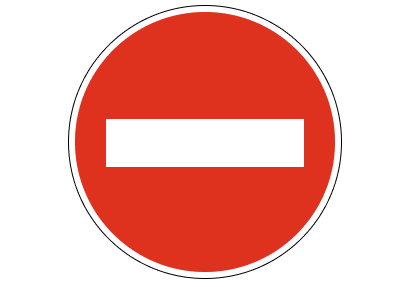
This is another universal sign in both its looks and meaning. Just like everywhere else, this sign indicates that you are not allowed to enter a specific area or section of the road.
Roundabout
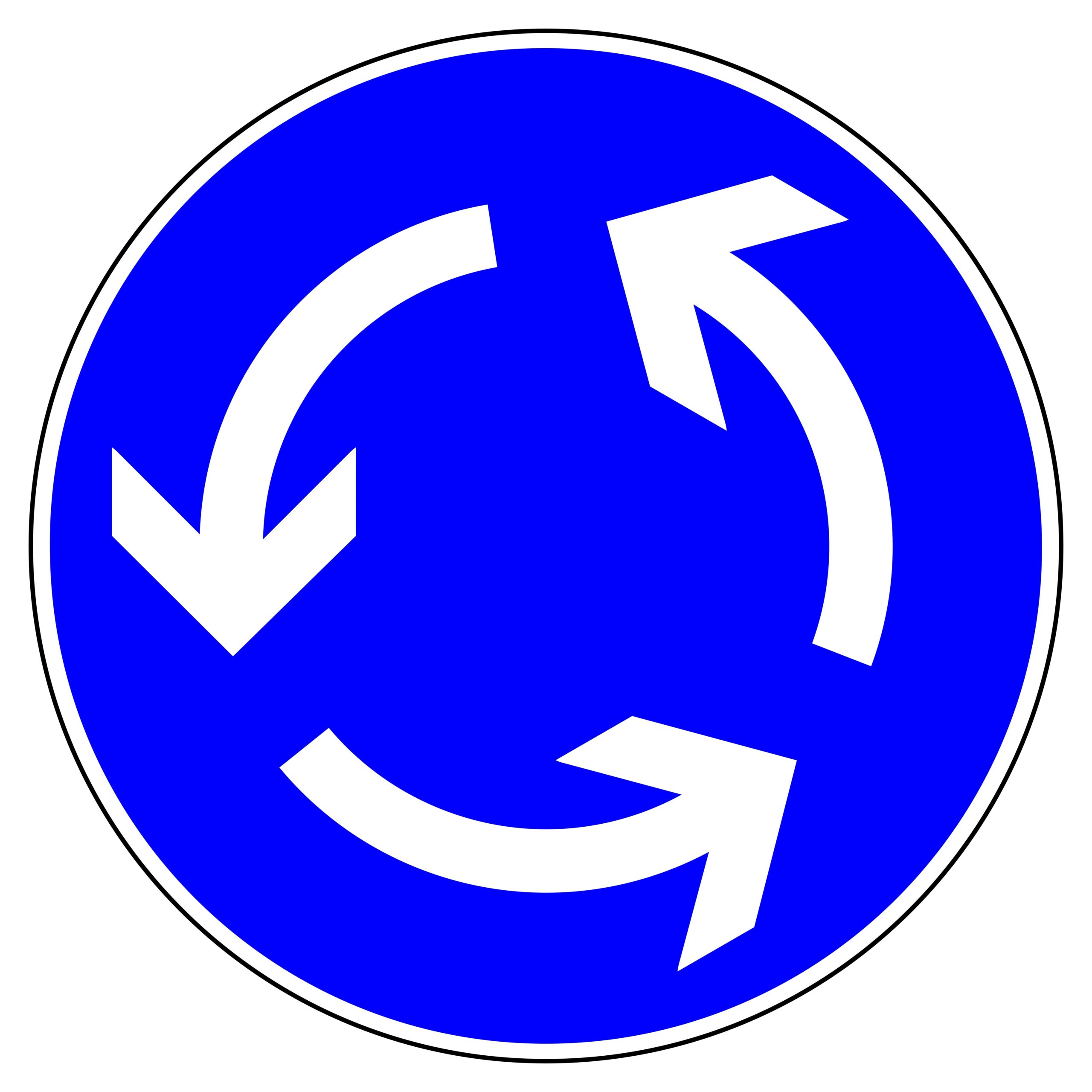
A blue and white circular sign with arrows indicates an approaching roundabout. In Germany, you must yield to traffic already on the roundabout. Remember to signal only when exiting, not when entering.
Speed Limit
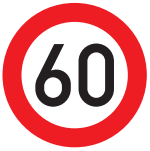
German speed limit signs are identical to those used in the UK except for one key difference: the limits are given in kilometres per hour rather than miles per hour.
End of Speed Limit Restrictions

This means the previously stated speed limit no longer applies. There will still be limits in place, however. Once you leave a speed-restricted zone you should look out for signs alerting you to the new speed limit. If you’re not able to see a sign that states a new limit, you need to follow the general German speed limit guidance.
Minimum Speed Limit
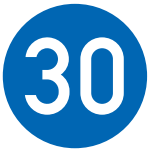
This sign indicates your vehicle must be capable of maintaining the minimum speed in white font. The speed shown is in kilometres per hour (kph), so it’s important to know the metric equivalent. For example, a minimum speed limit of 30 kph is approximately 18 mph.
Traffic Restriction Zone
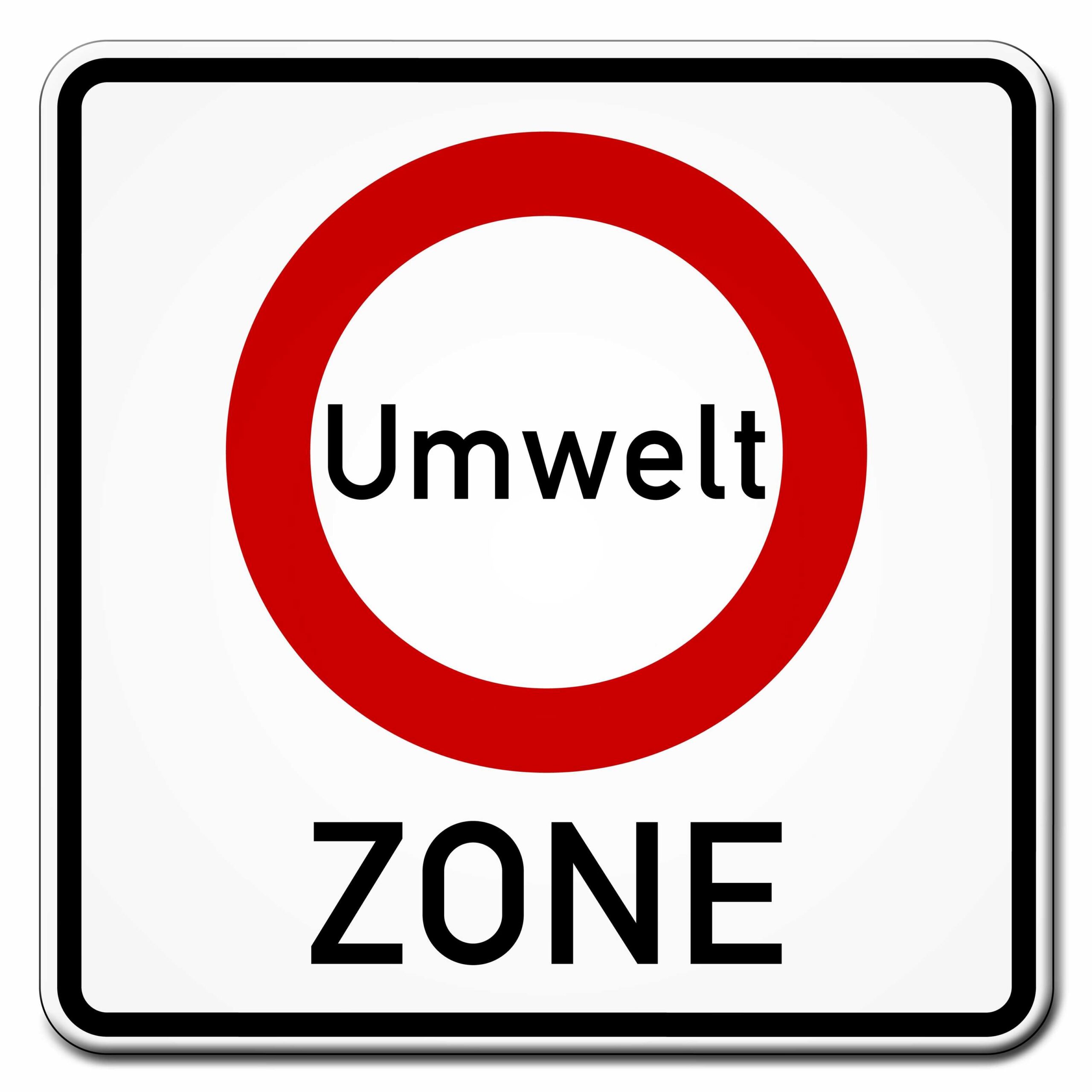
In some of Germany’s major cities, there is a legal requirement for cars to display ‘Umweltplakkette’ or emissions stickers. This sign appears next to a second sign to let drivers know which types of cars are permitted within a controlled zone.
End of Low Emission Zone

The black and white version of the traffic restriction zone sign, featuring a band of diagonal stripes, marks the end of a restricted zone.
Minimum Following Distance
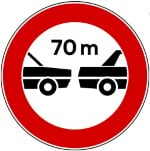
It’s unlikely that this sign will affect you, but it tells drivers of vehicles weighing over 3.5 tonnes should maintain a minimum distance from the vehicles in front of them.
The measurements are given in metres.
No Stopping, No Waiting
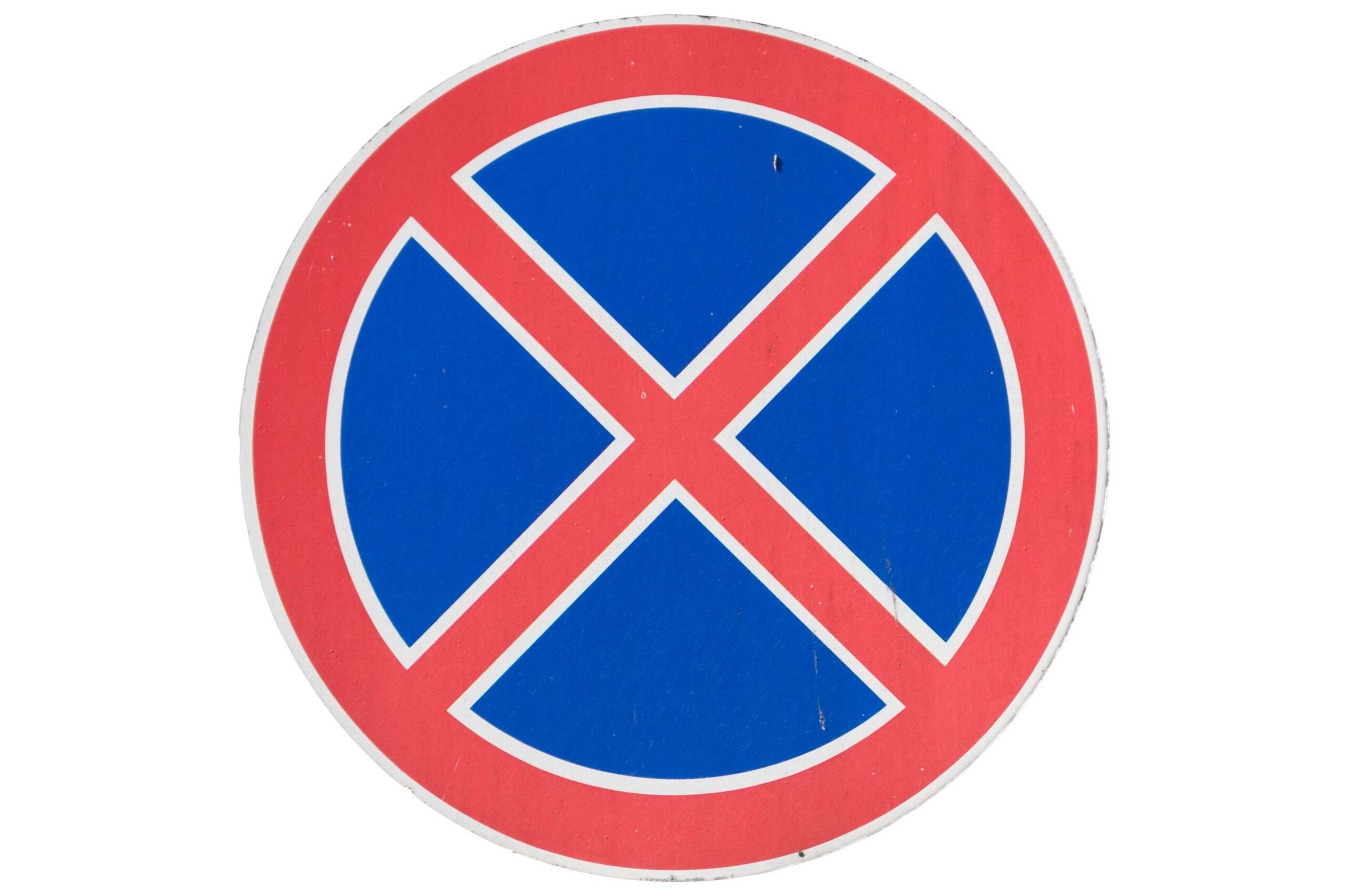
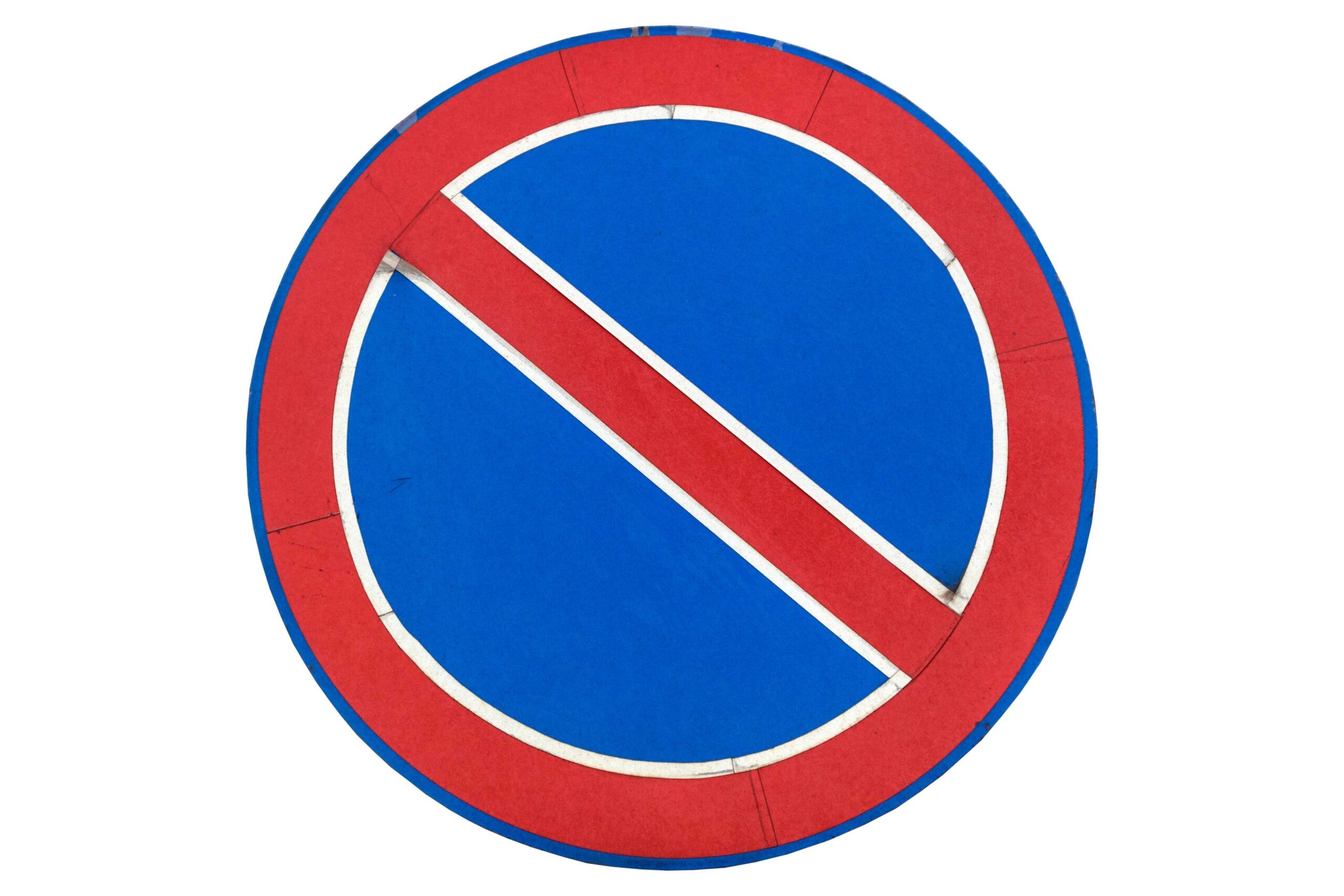
While these signs may appear similar, they have an important distinction. The sign with two diagonal lines indicates that no stopping or parking is allowed. The sign with one diagonal line signifies ‘no waiting’ or ‘no parking,’ permitting a short wait of up to three minutes.
Both signs apply to the side of the road they are displayed on, unless the word ‘ZONE’ is included, in which case the restriction applies to the entire designated area
Priority Road Starts
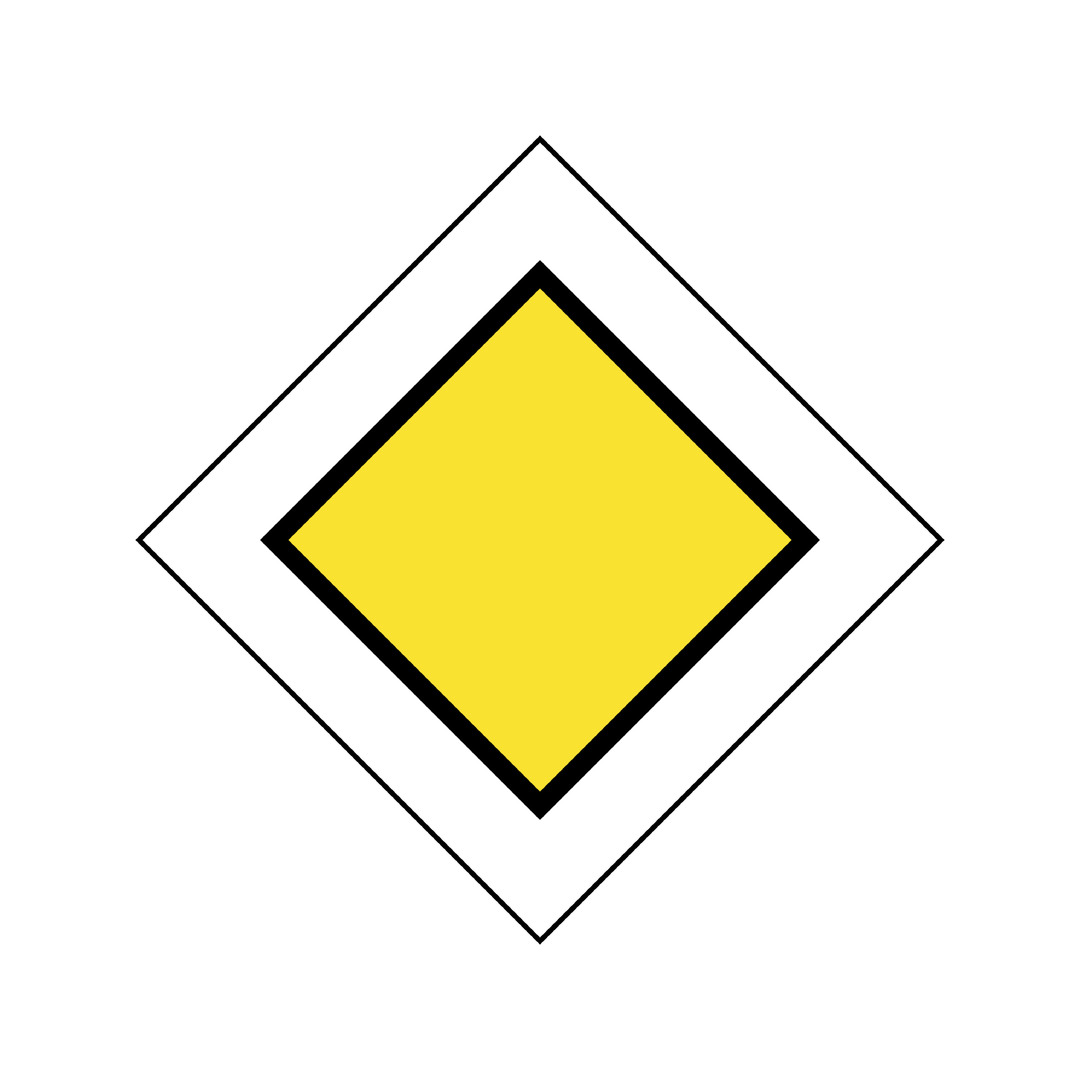
This yellow diamond indicates the start of a priority road at all upcoming intersections before the ‘end of priority’ sign.
End of Priority

The ‘end of priority’ sign has a black stripe to show that the priority road has ended.
Snow Chains Required
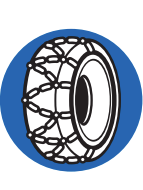
A blue circle featuring a tyre covered in chains indicates that snow chains must be fitted to your vehicle. On affected roads, the maximum speed limit is 50 km/h (30mph).
Priority Road at Next Intersection
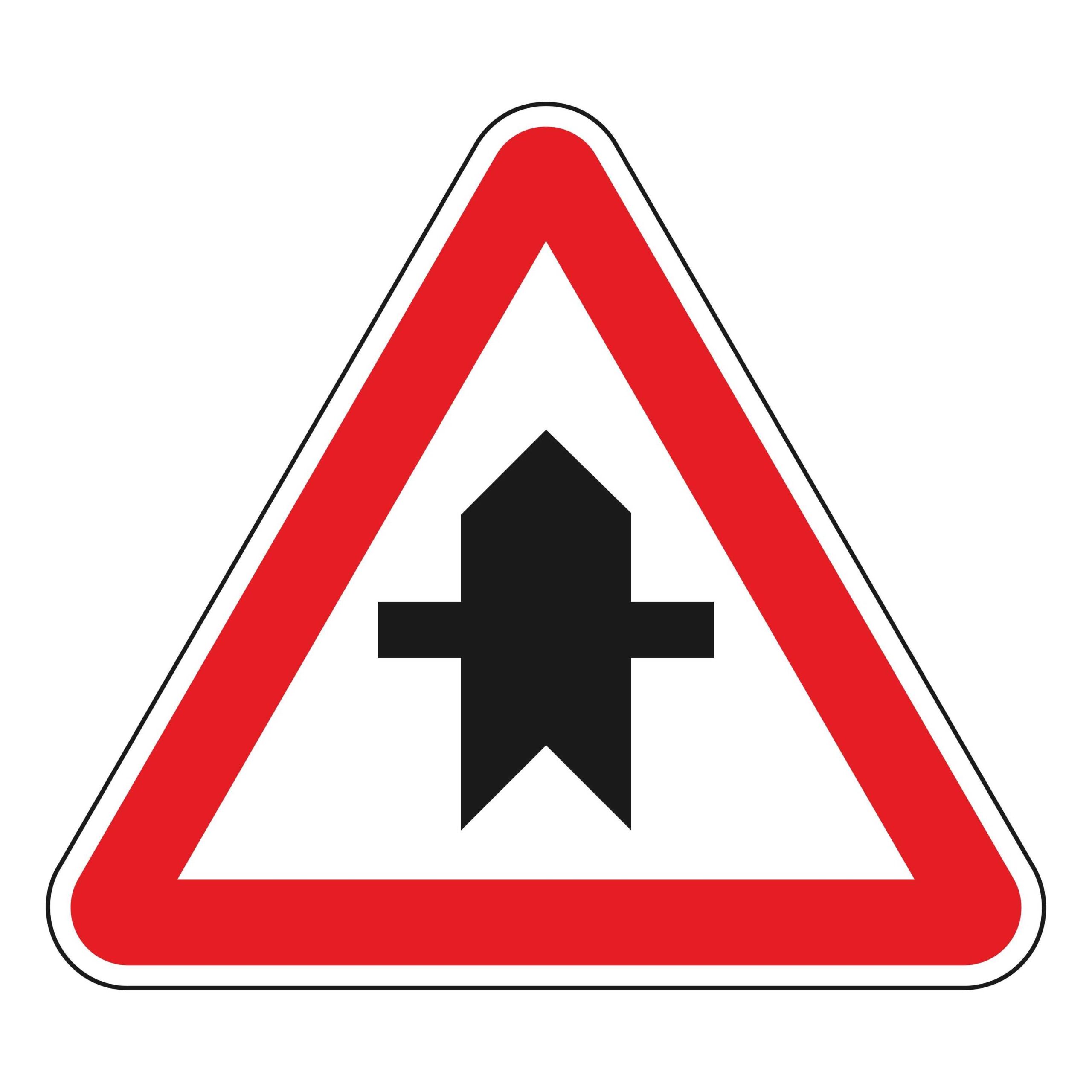
A wide arrow with a thin horizontal line going through it indicates that you have the right of way at the upcoming intersection.
Unmarked Intersection
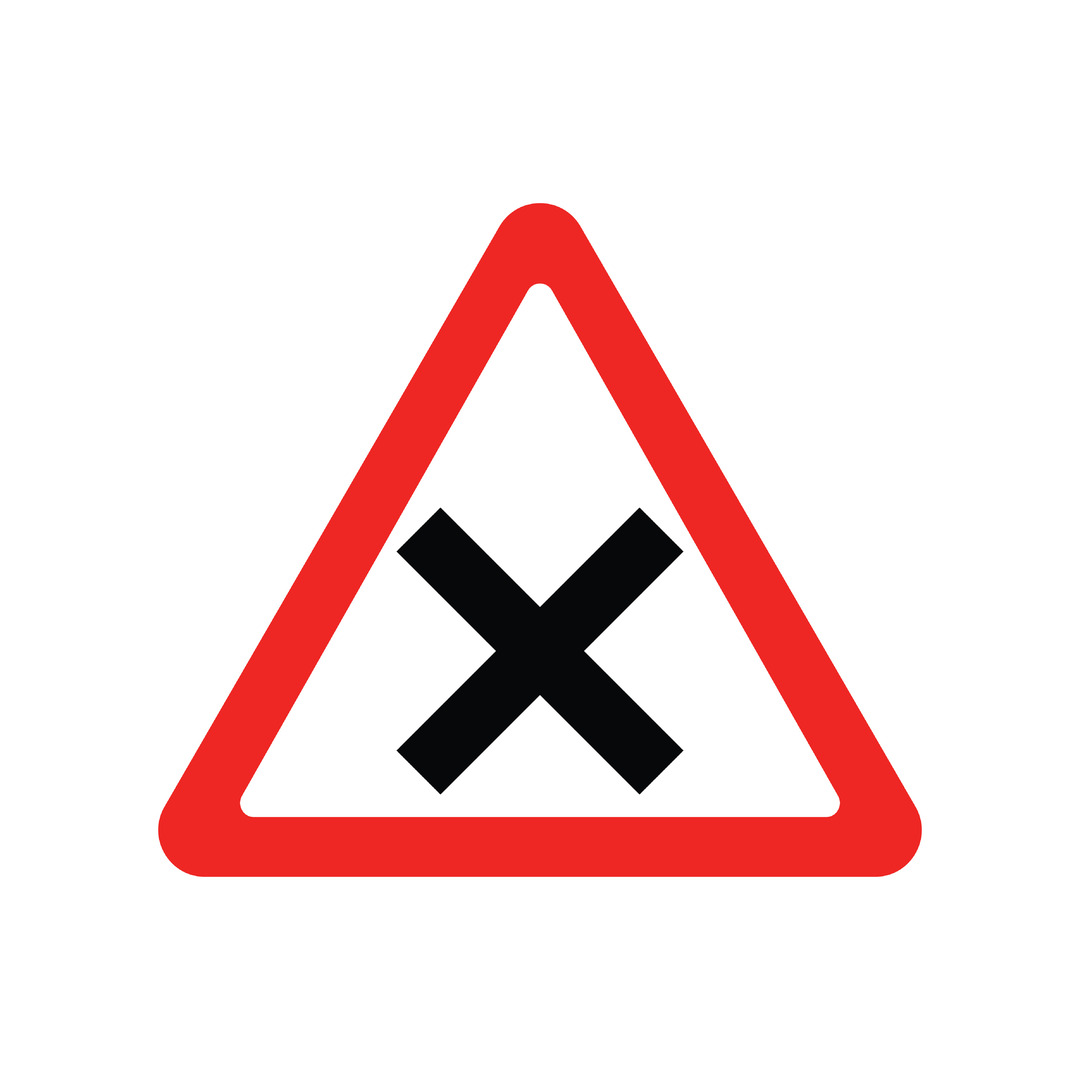
This alerts you to the fact that you are approaching an ‘unmarked’ or ‘uncontrolled’ intersection. When you see the sign, reduce your speed and prepare to give way to traffic approaching from the right-hand side.
Migrating Amphibians
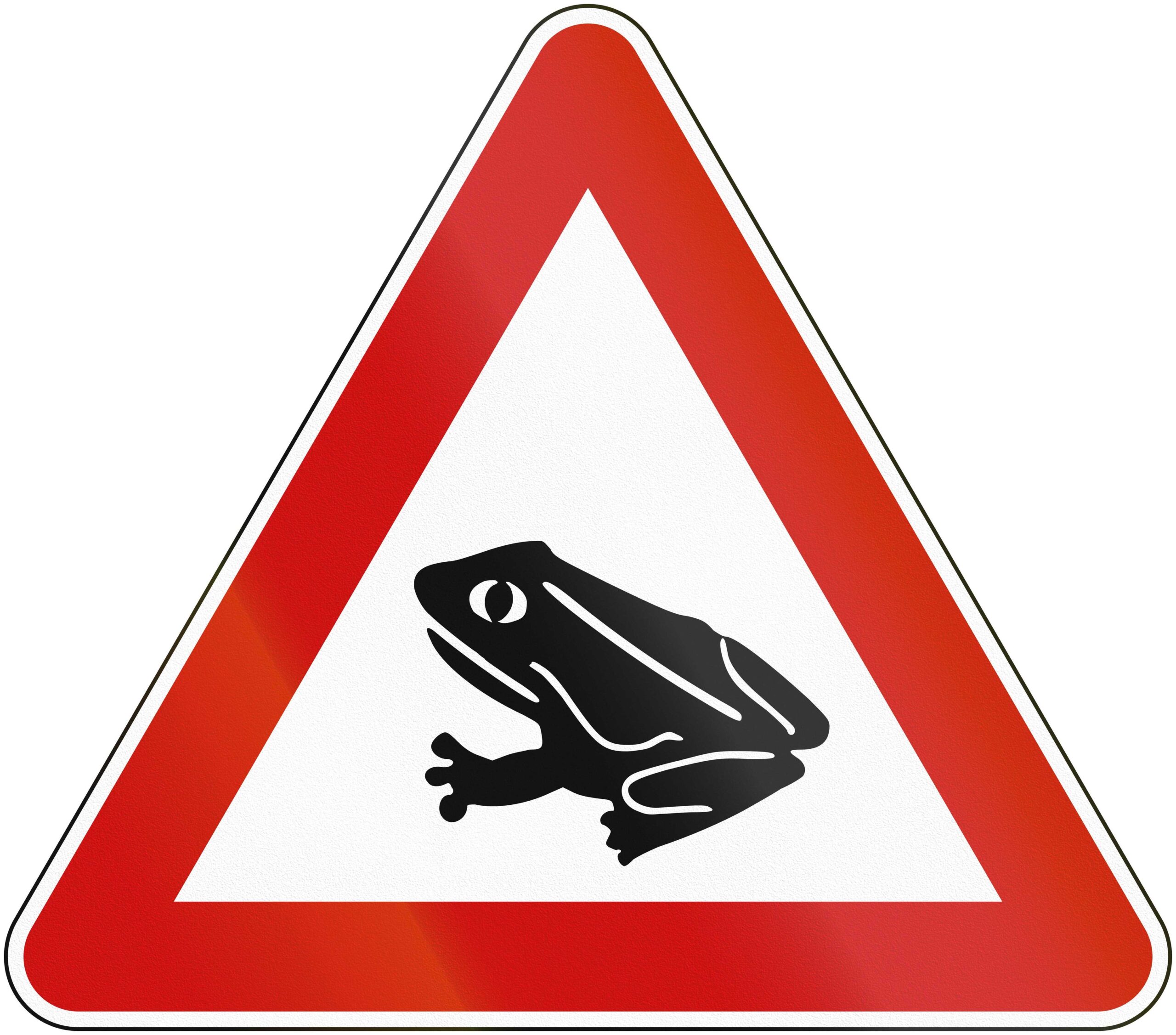
A picture of a frog inside a red triangle is designed to warn you of amphibians hopping across the road. Drivers should slow down to prevent an unwanted accident.
German Road Markings
Much like the German road signs, many of the road markings will be familiar but there are some important differences that you need to be aware of:
- Solid white line: This marks the edge of the road or lane and prohibits road users from passing on either side.
- Broken thick white line: Separates different routes and is usually found at crossings and junctions.
- Broken thin white line: Divides lanes of traffic; drivers may cross these lines to overtake or exit when it is safe to do so.
- Zigzag line: Indicates both parking and stopping are prohibited in that area.
- Merge arrow: Shows that passing traffic must merge into the right-hand lane as the passing zone ends.
It’s also important to watch out for road markings that designate lanes for certain vehicles such as buses, bikes and emergency vehicles.
On-the-spot fines are common and you can get fined for driving in the wrong lane. For example, using an emergency lane could cost you up to €320.
To avoid unnecessary fines, always stay aware of your surroundings, make sure you’re driving in the correct lane and consider getting car rental excess insurance for additional peace of mind.

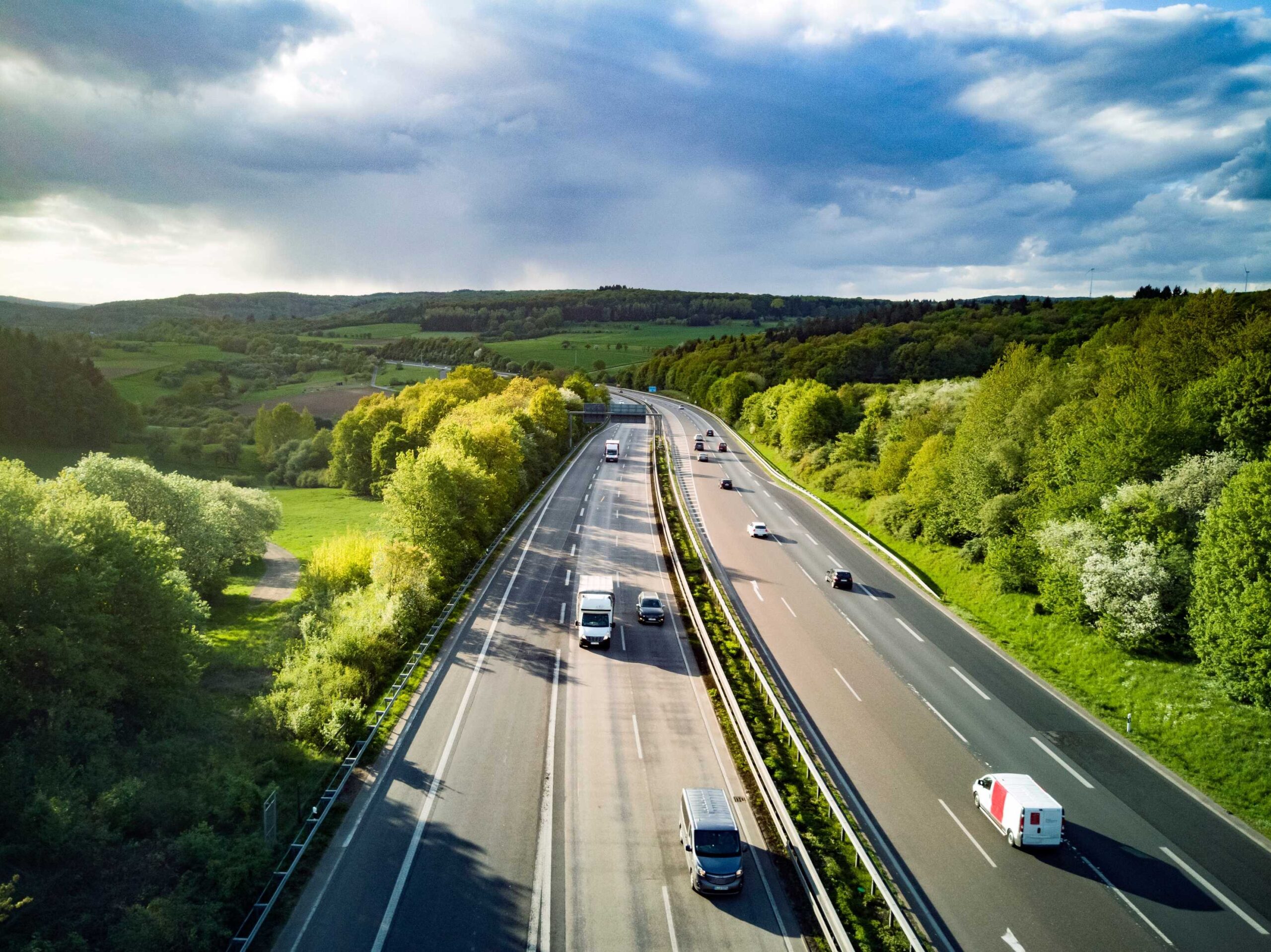
Comments are closed